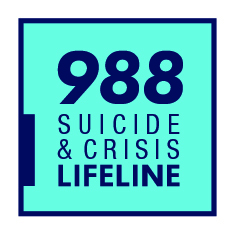This document, intended for for universities and clinical training directors, contains guidelines for the development and implementation of simulation-based suicide clinical skills training. The guidelines explore multiple facets of the use of simulation in suicide skills training, including:
- The benefits of incorporating simulation-based learning
- Considerations for resource allocation
- Development of simulation scenarios
- Training of standardized clients
- Recommendations for implementation and facilitation of simulation-based learning experiences






